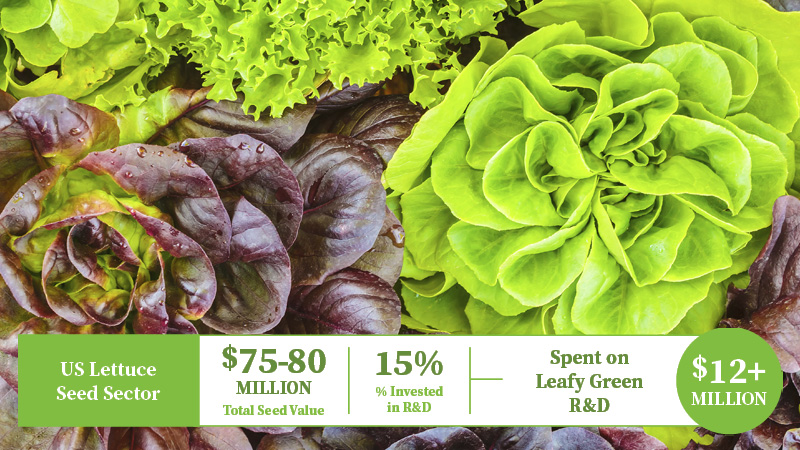When Will We See Autonomous Vehicles on All Farms?

Several types of autonomous farm vehicles offer a wide range of applications. Although they aren’t yet ubiquitous — especially since farmers are notoriously late adopters when it comes to new technology — these machines do everything from plant seeds to pull weeds.
They’ll probably become common on large growing operations before they trickle down to smaller farms.
Driverless Tractors
Driverless tractors might be the biggest thing in farming since 1812, when Richard Trevithick invented the world’s first portable steam engine for agricultural use. In 2022, farm equipment giant John Deere announced it had created fully automated tractors, although they aren’t available to the public yet.
Each machine contains 12 stereo cameras and an Nvidia GPU that lets farmers control the vehicle with a smartphone. John Deere intends to initially rent out tractors modified to be autonomous and hopes to have them on the market by 2030.
Some people worry that autonomous vehicles will take human jobs. However, most farming jobs have already been replaced, and driverless machines will mostly make farmers’ lives easier and allow for increased production. Even manual excavators, which make short work of clearing land and building fences, have replaced teams of human laborers with a single operator in the driver’s seat.
Near the end of the Industrial Revolution, over 50% of American workers were employed in agriculture. Now, less than 2% of American jobs involve direct farm work. It’s all thanks to automation. Although driverless tractors may not be available yet, equipment like automatic milking machines and combine harvesters are the workhorses of modern farming, allowing farmers to produce food with less work.
Drones
Drones, also called unmanned aerial vehicles (UAVs), play numerous roles in agriculture. Farmers can program them to kill moths in greenhouses. They can spray pesticide or fertilizer on wet fields without destroying the ground, aiming more accurately than fixed-wing aircraft. In fact, they can spray herbicides on specific weeds from just inches away, helping preserve crops and surrounding ecosystems.
They can even monitor plant health — infrared cameras allow them to single out sickly plants with a dimmer appearance, helping farmers find and treat struggling crops. Many farmers have already adopted UAVs since they have a much lower overhead cost than autonomous tractors.
Ground-Based Robots
Solar-powered FD20 robots hit the market in 2019 and can perform seeding and weeding. They can plant sugar beets and remember precisely where they placed them. Later, as the plants begin to sprout, the bots can drive through the field and kill any weeds they don’t remember planting.
Tortuga AgTech’s fruit-picking bots carefully pluck strawberries and grapes off the stem, pairing well with greenhouse fruit-growing operations. Canada-based Barnstorm Agtech recently won a grant to develop swarms of tiny, driverless tractors that trawl fields at a snail’s pace. Inventor Zack James has developed a prototype for a similar vehicle, about the size of a riding lawnmower, that can disperse cover crop seeds.
Other driverless tractor prototypes can mow, cut weeds and dispense fertilizer with specialized, swappable attachments. Fleets of these tiny vehicles will allow for more precise agriculture than the standard large tractors that can only cover wide areas and can’t navigate delicate rows of crops.
Although less exciting, these small autonomous tractors will likely become available before the large variety and will probably be much less expensive. It’s reasonable to suspect farmers will adopt them long before John Deere’s driverless models.
The Future of Agriculture
Autonomous farm vehicles can perform monotonous or dangerous tasks, free up time and notice things a farmer might overlook, such as weeds or pests.
The farms of the future will almost certainly use automatic farm vehicles — in fact, today’s farms already are. It’s simply a matter of time before this technology becomes widespread.










